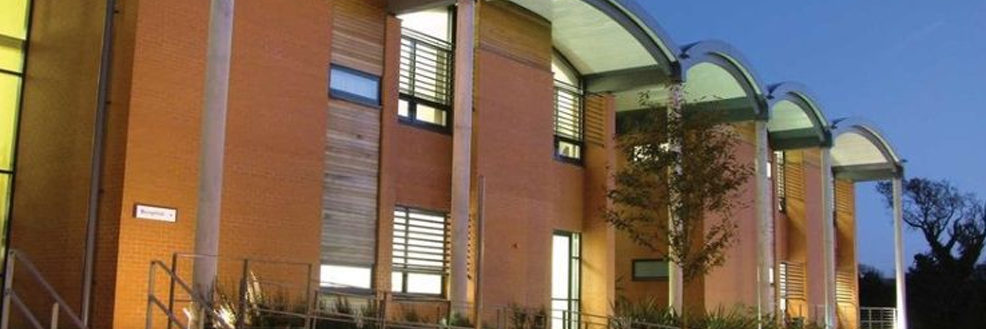How effective is Xi Jinping’s anti-corruption drive? If you believe the latest data published by anti-corruption NGO Transparency International then progress is indeed being made. But, it’s slow going.
Trying to measure how much corruption exists is often a fool’s errand. Corruption comes in many shapes and sizes and takes on a variety of different forms. This doesn’t stop Transparency International, one of the world’s leading anti-corruption NGOs, from publishing an annual Corruption Perceptions Index (CPI). Data is taken from a range of surveys on corruption and related issues and put in to what is effectively a poll of polls. States are then ranked on a scale of 1 (the worst score possible) to 100 (the best).
There are many reasons to be just a little sceptical about the voracity of the data in the CPI, but that doesn’t stop it catching many policy-makers’ eyes. No one wants to see their country going the wrong way in tables like these. Chinese policy-makers are unlikely to be any different.
The 2016 data was released on Wednesday 25th January. It makes interesting reading. Perennial front-runners Denmark and New Zealand again head the pack, coming in joint first with scores of 90. Finland, Sweden and Switzerland are just behind them and they make up the top five. Somalia remains bottom of the pile (10 points), with South Sudan (11), North Korea (12) and Syria (13) also doing particularly poorly. Suriname showed the most improvement, scoring 45 in 2016 as opposed to 36 the year before. The impact of high profile scandals surrounding the awarding of football world cups no doubt contributed to Qatar being the state that performed worst compared to 2015; down ten points from 71 to 61.
China has traditionally not done particularly well in the CPI. In 2015 it was in 83rd place (out of 168 countries), scoring 37 out of 100. 2016 reveals some improvement; China’s score rose by three points to 40 and the PRC is now 79th out of 176 countries (8 have been added since the 2015 table was published). A journey of 1000 miles begins, as the Chinese say, with one small step.
We should nonetheless be wary of taking the data in the CPI too seriously. Coming up with one single number to encapsulate all of China’s corruption problems, for example, would seem like a heroically optimistic undertaking. How, for example, do you compare petty corruption in rural Guangxi with the grand corruption that might well take place in Beijing? Many would say you can’t.
Be that as it may, if you’re going to get to where you need to go, then you have to be taking steps in the right direction. And this data makes it look like China may indeed be doing just that. Chinese policy-makers are certainly likely to be pleased to see their score moving upwards.
If, however, we take a closer look at what tends to characterise low corruption countries, then Chinese policy-makers will find much less to be enthusiastic about. As Transparency International’s Chairman, José Ugaz, noted this week three key things help states genuinely root out corrupt practices; freedom of expression, transparency in all political processes and strong democratic institutions. Only then will civil society and the media be able to hold those in power to account and only then will the building blocks for a successful anti-corruption fight be in place.
China, of course, displays precisely none of those core traits. Freedom of expression is strictly limited, decision-making processes are opaque and convoluted, and democratic institutions in the widely-understood sense don’t exist. The civil society organisations that are permitted have only very narrow room for manoeuvre and the press is there to defend the Communist Party’s line much more than to hold it to account.
Ugaz may nonetheless be simplifying what is actually something that is very complex. Off the shelf anti-corruption tools don’t exist, and the ‘right’ way to tackle corruption will depend on the nature of the challenge to hand. What works in one place may well have little impact in another and be counter-productive in a third jurisdiction. The introduction of democratic institutions across Africa in the latter part of the 20th Century, for example, did little to help those states tackle endemic corruption. Indeed, in some it actually made it worse. Tackling corruption is subsequently messy, it’s time-consuming and it’s difficult.
Xi’s China will certainly have to find a ‘Chinese Way’ of tackling the corruption evident in the PRC. That may well involve different ideas and different approaches to what we’ve seen elsewhere. But that doesn’t mean that the baby should be thrown out with the bathwater. Much of what the CCP has been doing under Xi flies directly in the face of what anti-corruption thinkers tend to believe might work. Small improvements in a global anti-corruption league table shouldn’t disguise that.


Leave a Reply